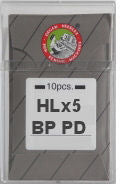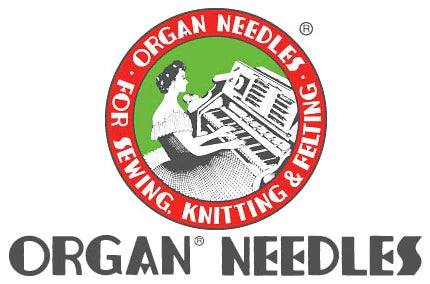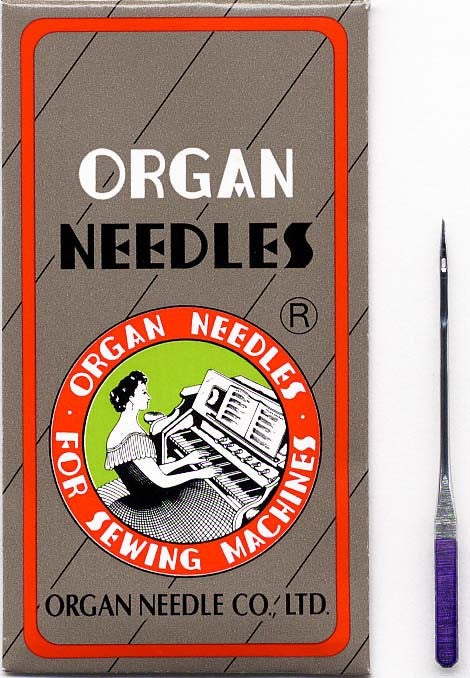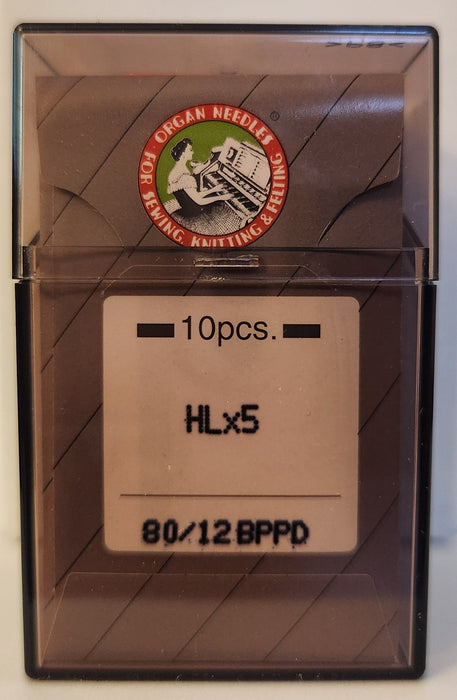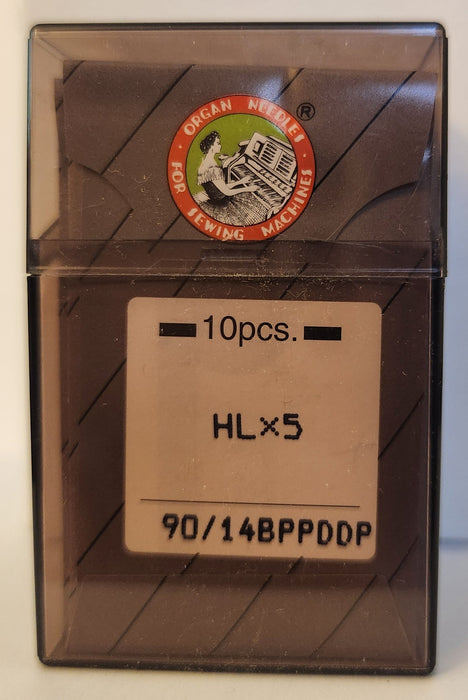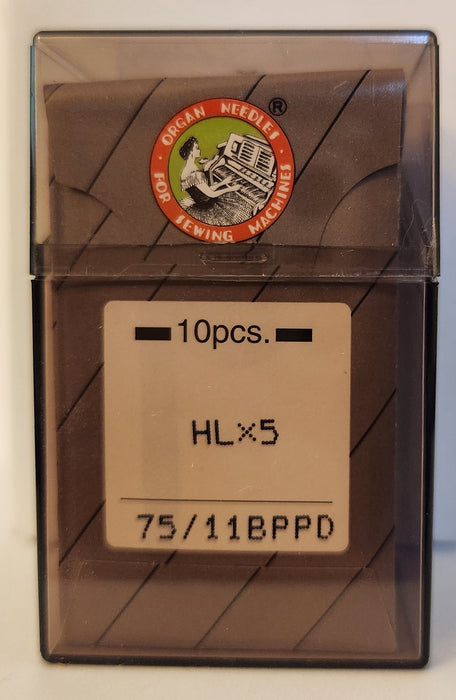
Organ HLx5BPPD | Flat-Sided Shank | Regular Eye | Ball Point | Home Embroidery & Sewing Needle | Heavy Duty Titanium | 100/bx
This needle is made for sewing hard, or thick materials and has a titanium finish. It will sew through multi-ply material applications like quilting, jeans, applique or heavy embroidery. It is actually an industrial needle with a flat shank. If you are bending and breaking the 15x1 needles, this heavy duty needle could solve your problem. The titanium finish makes them even more wear resistant.
- Organ HLx5 - Home Embroidery, Sewing, Applique & Quilting Needle
- PD - Titanium Finish
- Heavy Duty - Longer Life
- Flat-Sided Shank
- Regular Eye
- BP - Ball Point
- 100 Needles Per Box
Organ Brand Home Machine Flat Shank Embroidery & Sewing Needles
HLx5 Heavy Duty - Ball Point Titanium - 100 Needles (10 Packages of 10 Needles)
HLx5 PD: This needle is made for sewing and embroidering hard, thick or heavy materials. It will embroider and sew through multiple ply applications like quilting, jeans, applique or heavy embroidery. This needle is actually an industrial needle with a flat shank. If you are bending or breaking regular 15x1 needles, this needle could solve your problem. These hard chrome needles will outlast a standard 15x1 and this PD/titanium version of the needles are even more wear-resistant. Perfect Durability‚ embroidery needles have a titanium-nitride ceramic finish which makes them more wear-resistant than any other needles. When embroidering large stitch patterns or penetrating very abrasive, dense or tough materials the needle points and surface will maintain its original shape and dimensions 3 to 5 times longer. PD embroidery needle points will not wear down as fast as chromium plated needle points. The use of PD embroidery machine needles gives you longer needle life, fewer defects due to "dulled" needle points, and increased productivity.
Ball Point: Ball point (BP) machine embroidery needles are designed to alleviate making holes in knit or loosely woven materials. The cross fibers which constitute the knit or loosely woven materials are relatively far apart as compared to those in tightly woven materials. When an embroidery needle with a standard "set" or "sharp" point encounters one of those fibers in penetrating the fabric, it cuts right through the fiber. This creates a hole in the fabric. The ball point needle pushes aside the fiber it encounters in penetration and thereby avoids making a damaging hole in the fabric. (It is also recommended to use the thinnest possible needle for a particular fabric).

